The Burton Process and the Salomon Huck Knife are two top-performance freestyle boards ridden by some of the best snowboarders in the world and graced many competition podiums.
These two boards are essentially designed to do the same job, but there are some key differences between them that have a big effect on the way they ride.
| Burton Process | Salomon Huck Knife | |
|---|---|---|
| Camber | Rock out Camber | Quadradic Camber |
| Shape | True Twin | True Twin |
| Flex | 5/10 | 4/10 |
| All-Mountain | ||
| Park | ||
| Powder |
Comparing Shape
As you would expect for a freestyle board, both boards have a True-twin shape. This means the boards are both symmetrical in the tip and tail.
The Burton Process is a little different in that the binding mounts are set back about half an inch. However, because of the burton channel system for the binding mounts, it can be easily set up with the bindings right in the middle.
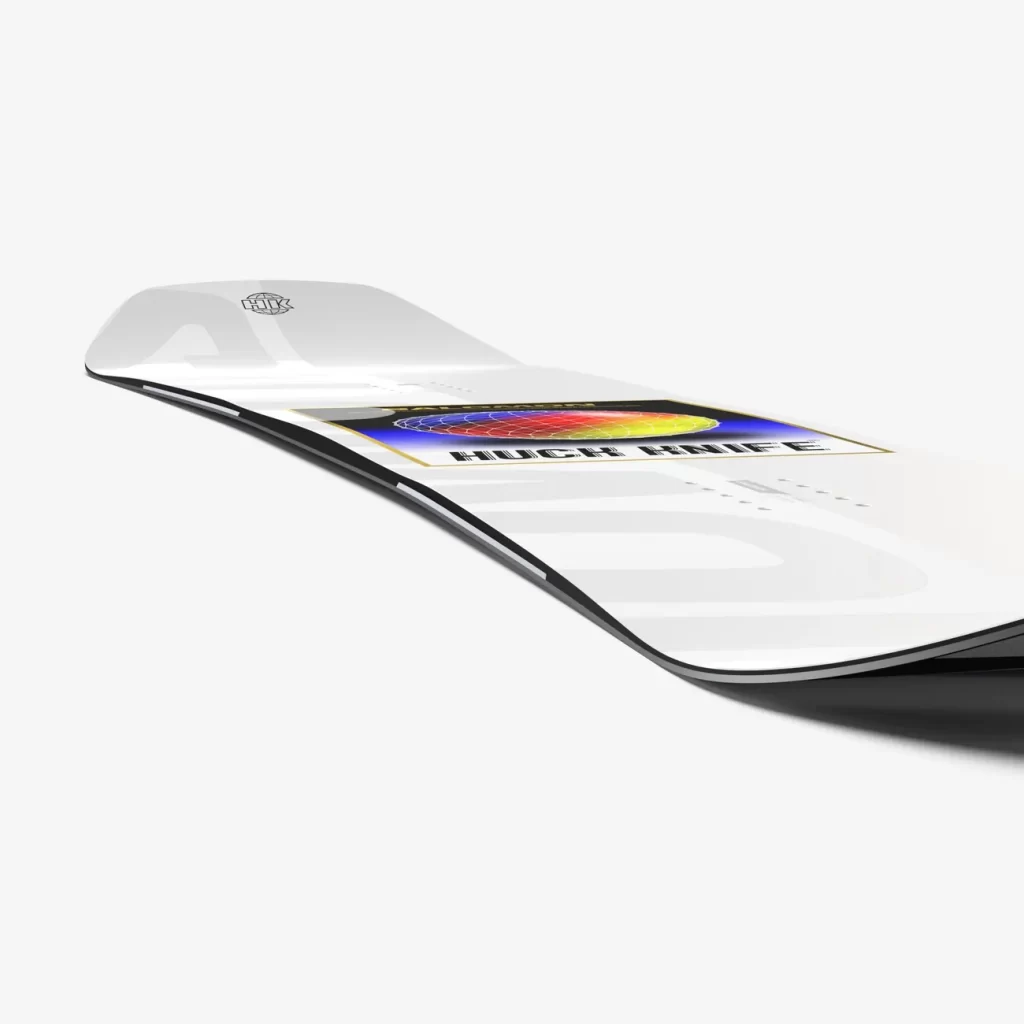
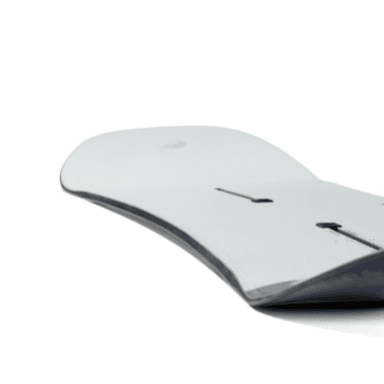
Comparing Camber
Both boards have camber profiles that are based on the traditional reverse camber profile but are also quite different from one another.

The Process’ bend profile is what Burton is calling Pure Pop. It has camber through the middle of the board, but they have added small flat sections under the contact points.
These flat sections create a slight early rise in the curve of the nose and tail, which, although small, has a significant effect on how the board feels.

The Huck Knife has Salomon's Quad Camber profile that has a mellow camber between the feet, then a stronger camber from under the binding out to the contact point, before a small rocker section gives early rise in the tip and tail.
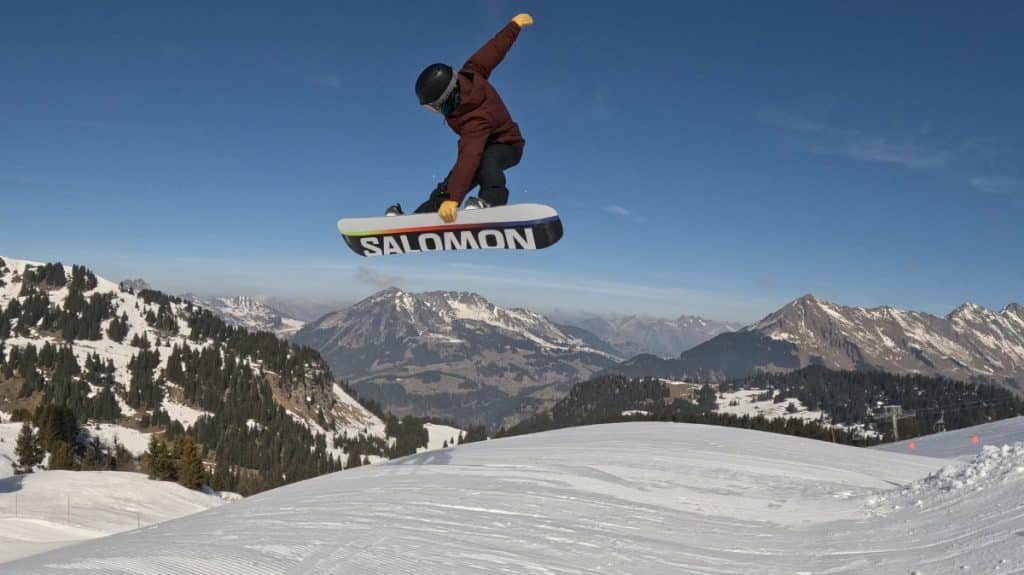
The idea is that all the power is where you need it; beneath your feet. And the rest of the board is more loose and maneuverable.
Latest comments on this
Stevie: Nice article! I'm thinking about getting the Huck Knife but also considering the Huck Knife Pro. Have you been able to test the Pro?
When you set this board on the ground, the gap between the center of the board and the ground is bigger than you'll find on the majority of camber boards out there. So despite the blend of cambers, if you average it out, you can still consider it to be a board with an aggressive camber!
Comparing Flex
Both boards have a medium twin flex, meaning that the tail has the same stiffness as the nose. But once we peal back the top sheet, there's a lot more going on inside the core.
I found the Process to be a little stiffer than the Huck Knife
The Huck Knife has Popster booster core that creates different thicknesses of core at different points along the board. The result is a board that is soft and maneuverable under the bindings for quick turns and adjustments.
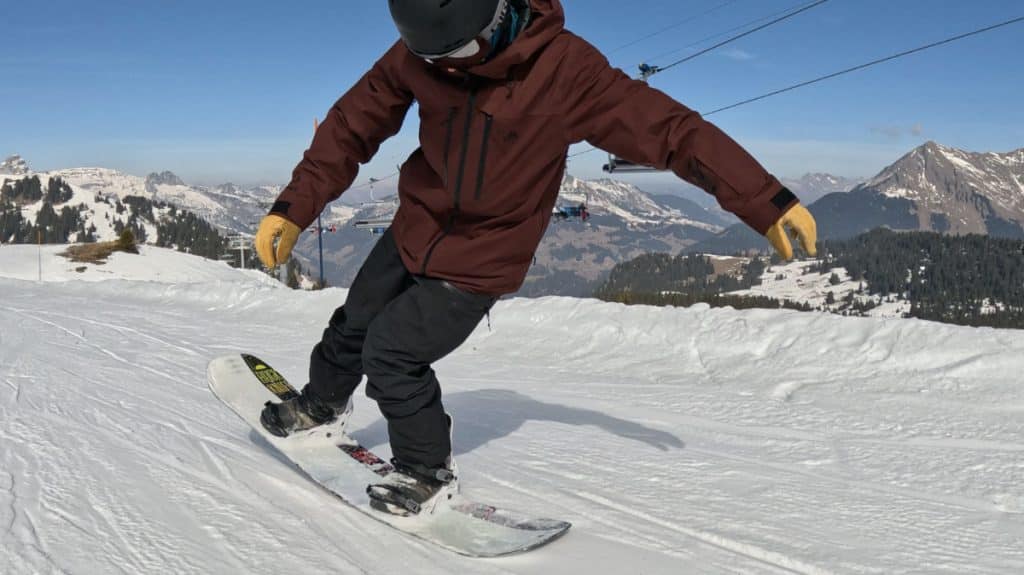
On top of the core are carbon stringers fanning out to the tip and tail to give plenty of pop to your ollies.
The Huck Knife features rubber inserts that sit between the edges of the board and the core. Salomon claim this acts as a dampening system to give a smoother ride…not something that I have noticed, but it might help protect your edges when riding rails and boxes.
The Process has a slightly more simple construction than the Huck Knife. On either side of the core is a matrix of glass laid in three directions, +/- 45 degrees and another running length-ways. This gives a predictable flex along its length with plenty of pop.
The slight flat section just before the nose and tail gives a solid feeling to both press against and to ollie off.
Underneath, both boards have a high-grade, WFO sintered base that runs super fast, holds wax well, and is tough enough to withstand a few rocks.
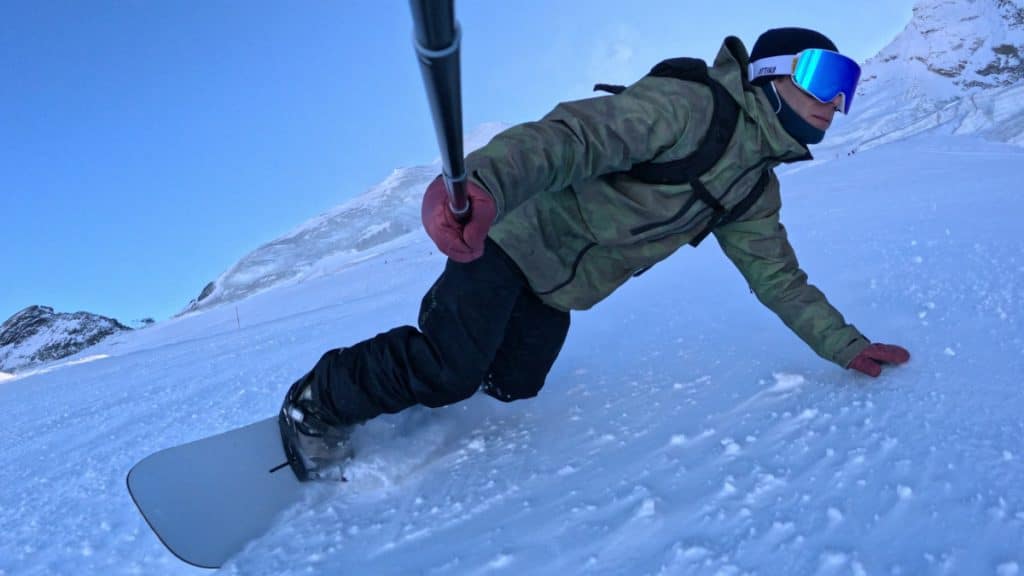
How the riding compares?
As we have discovered, there are a lot of similarities between the two boards. They have the same twin shape, and they are both essential camber boards.
The main difference between the two boards is their flex, which is influenced by both the construction, and their different takes on the traditional camber.
All Mountain
Both boards can handle most things the mountain throws at them. I found that the slightly stiffer Process held and edge better when carving at speed than the Huck Knife.
Both boards cut through chopped-up snow really well, thanks to their early rise in the nose, but again, the Process handles bumps and chop better when you pick up speed.
For beginners/lower-intermediates, the Huck Knife will be a bit easier to get your turns going on at low speed and. Another great option for an all-mountain board from Salomon is the Assassin which is a little more versatile compared to the Huck Knife.
Park
This is where both boards really excel. But again, they are slightly different and suited to different styles of freestyle riding.
On rails and boxes, I would opt for the Huck Knife, you can turn and adjust the board really easily on the run-up to features, and the soft flex is great for boardslides and presses.
The Process holds a press really well once you get locked into the flat spot of the board at the nose/tail; it just takes a little more effort to get there.
Thanks to its softer torsional flex, the Huck Knife is also a little easier to ride at low speed, for example, if you are learning to ride, switch and pop some 180s.
Stepping up to the jumps, they both perform really well. I found the Huck Knife has a little more pop if you hit the board's sweet spot, but the Process's simpler design gives a more consistent feel during take-off.
I haven't ridden either of these boards in the half pipe, but I imagine the Process performs better again due to its stiffer, more predictable flex.
Powder
Although neither of these boards was designed with powder in mind, they won't hold you back from getting a few turns on a powder day! Twin camber boards do not have a lot of float in the nose, but both these boards have a little something extra in the camber profile that will help you out in the deep stuff.
The Huck Knife has early rocker in both the tip and tail, which is just enough to lift the nose and reduce your chance of hooking the front of the board in the powder.
Similarly, the Process' small flat spots help lift the contact points and the nose clear of the snow.
If you are looking for a more versatile all-mountain board, then both Salomon and Burton offer a more all-mountain version of these two freestyle boards – The Burton Custom and the Salomon Assassin.
Which one would I choose?
I found both boards to be loads of fun to ride in the park and jibbing around the mountain. I don't ride too much park these days, so I would choose the slightly stiffer and more versatile Burton Process out of the two. This is what makes the Process the best-selling Burton freestyle board.
But if I rode at an indoor slope or a small resort where I really was only interested in riding the park, then the decision gets a little more tricky.
I think for rails and boxes and smaller jumps, I would choose the Huck Knife. For bigger jumps and more serious freestyle, I would want the predictability of the process.
If you like the look of the Huck Knife but want something a little stiffer, then check out the Huck Knife Pro, which has some extra carbon and will hold up better at high speeds.

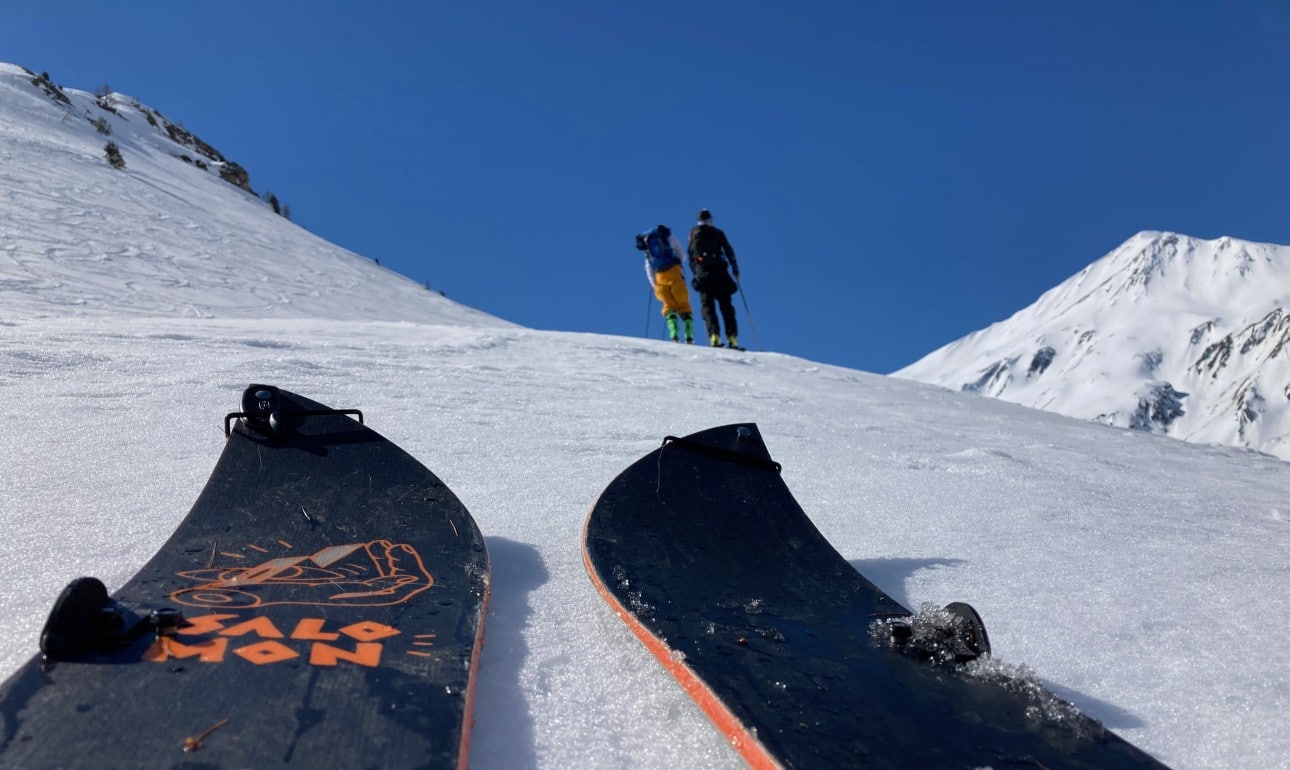
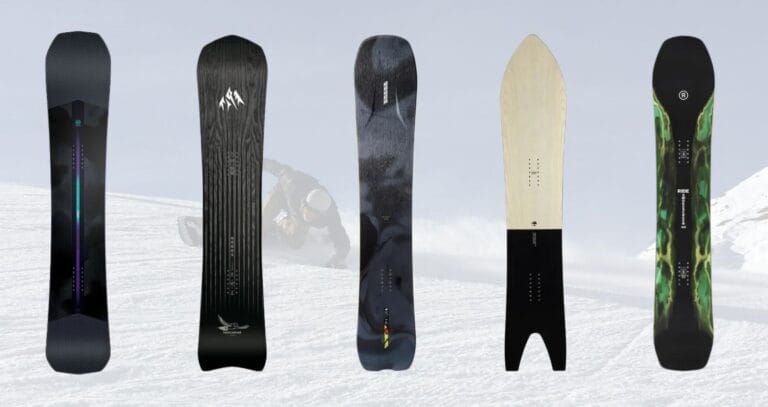
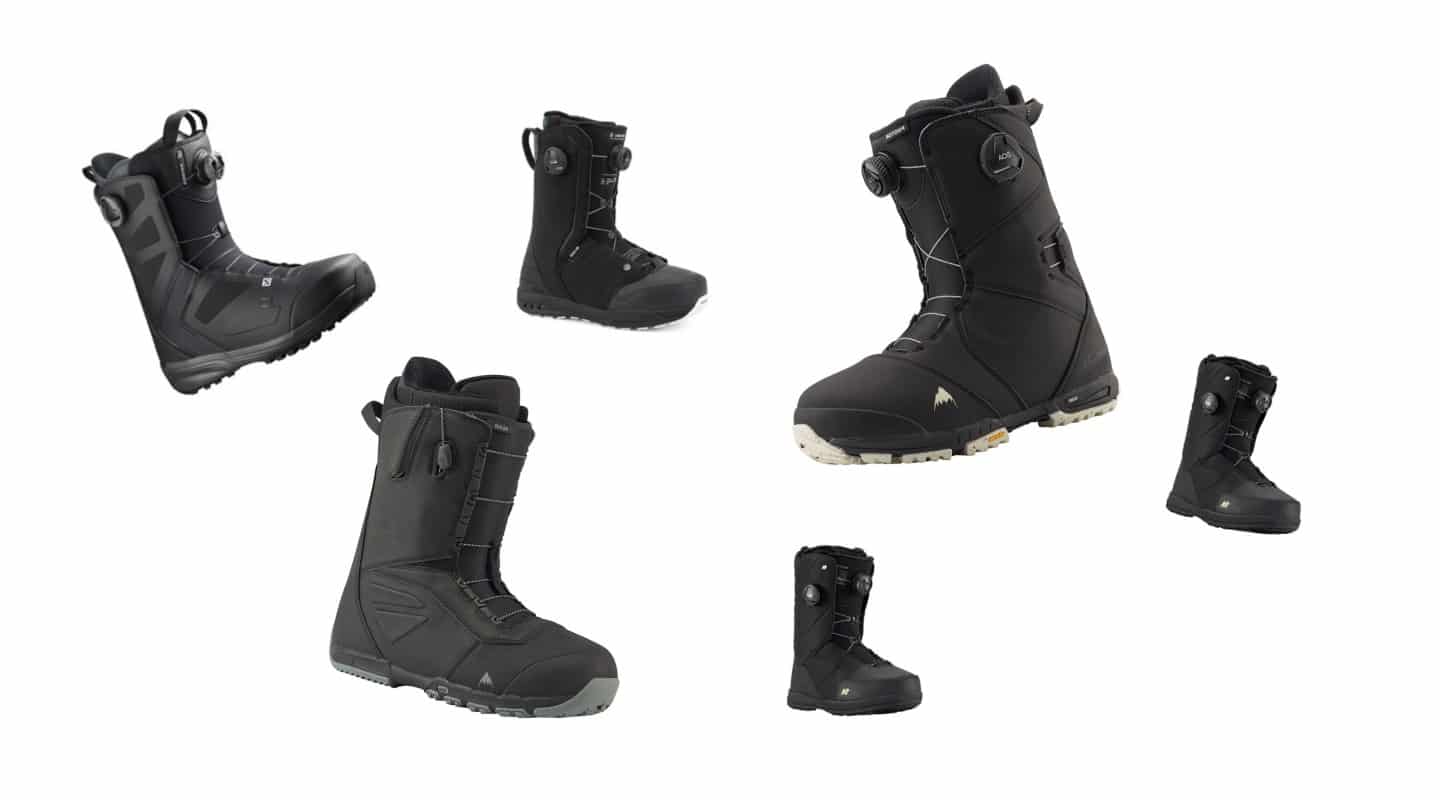

Nice article! I’m thinking about getting the Huck Knife but also considering the Huck Knife Pro. Have you been able to test the Pro?